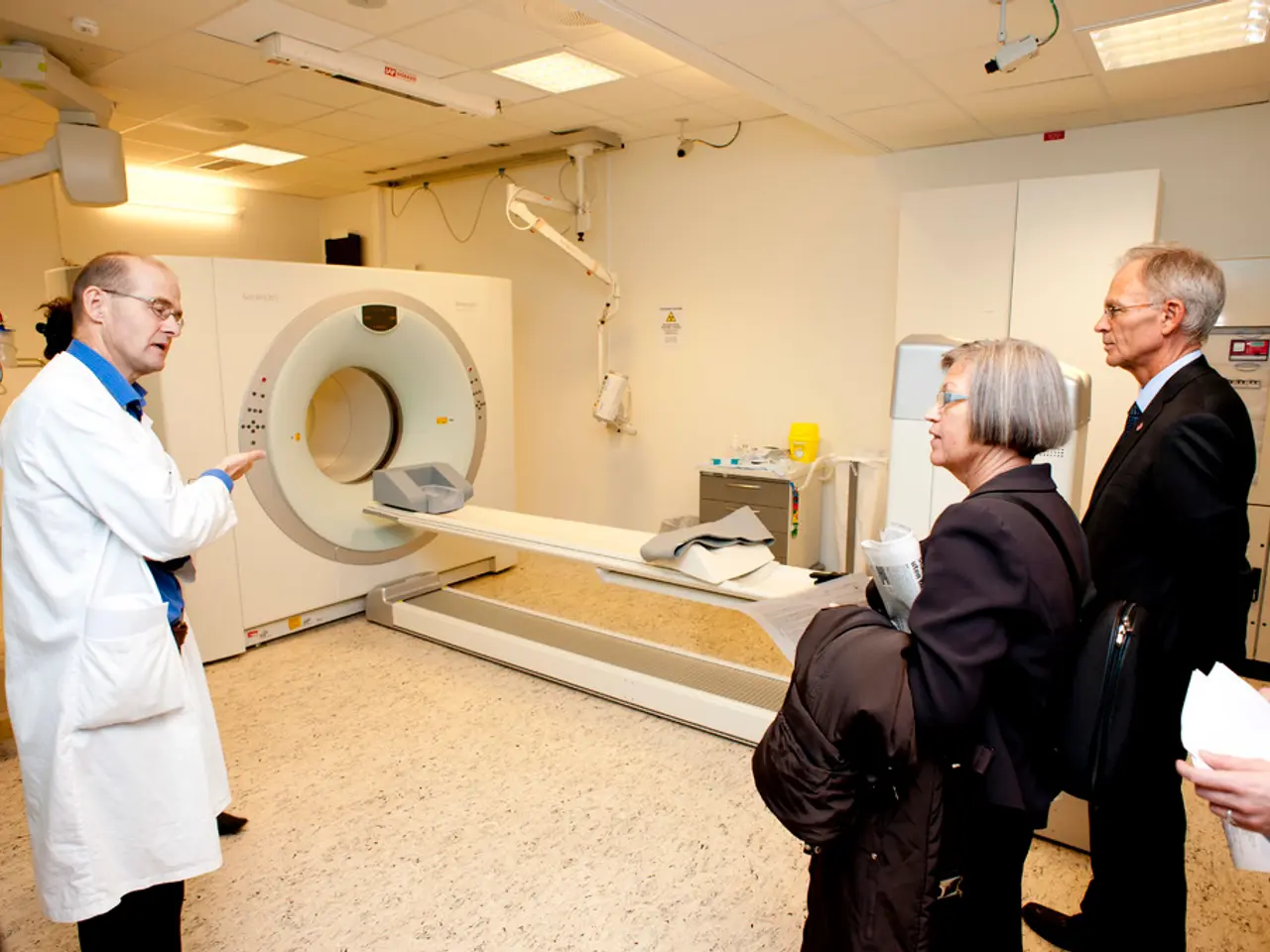Turner Syndrome: Characteristics, origins, and therapies
Turner syndrome, also known as 45,X syndrome, Ullrich-Turner syndrome, Bonnevie-Ullrich syndrome, or monosomy X, is a chromosomal disorder that affects only females. The condition, characterised by the absence or incomplete presence of one X chromosome, can present with a wide range of symptoms that vary from one individual to another.
In the early years, children with Turner syndrome may exhibit physical features such as short stature, webbed neck, puffy hands and feet, low hairline, broad chest with widely spaced nipples, and heart or kidney defects. They may also experience developmental challenges, including feeding problems in infancy, frequent middle ear infections, low bone density, and some learning disabilities, particularly affecting spatial perception. Other medical concerns include hypothyroidism, diabetes, dry skin, high blood pressure, celiac disease, inflammatory bowel disease, and metabolic syndrome [1][2][4].
As they grow, many of these symptoms persist or evolve, with infertility due to ovarian insufficiency becoming a major concern in adulthood. Adult women with Turner syndrome are most likely infertile. Management of cardiovascular risks, including coronary heart disease, which may emerge or worsen with age, is another priority. Continued risk of osteoporosis and fractures owing to prolonged low estrogen without hormone replacement is also a concern [1][3][4].
Psychosocial effects from childhood may persist, including body image issues and social adjustment problems related to short stature and other physical traits. Other potential adult complications include hearing loss and metabolic syndrome [1][3][4].
The treatment approach differs significantly between childhood and adulthood. In childhood, treatment focuses on growth hormone therapy to improve final adult height, monitoring and addressing congenital issues like heart defects or kidney problems, early identification and management of hypothyroidism, diabetes, and other autoimmune conditions, and psychosocial support to address learning difficulties and social adjustment during school years [1][2][3].
In adulthood, treatment priorities shift toward hormone replacement therapy (HRT), primarily estrogen and progesterone, to induce and maintain secondary sexual characteristics, support bone health, and reduce cardiovascular risks. Management of infertility issues, including counseling about reproductive options, is also crucial. Continued cardiovascular monitoring and treatment to prevent or manage hypertension and heart disease, ongoing support for psychosocial challenges and quality of life, and addressing bone density and fracture risk via calcium, vitamin D supplementation, and possibly osteoporosis medications are essential [1][3][4].
A karyotype blood test can confirm Turner syndrome if one X chromosome is missing or incomplete. The risk of Turner syndrome is the same for all females, regardless of ethnicity or other factors. Diabetes, heart problems, high blood pressure, hearing problems, kidney problems, hypothyroidism, tooth loss, vision problems, osteoporosis, kyphosis, scoliosis, and psychology-related issues are potential complications of Turner syndrome [1].
In the United States, around 70,000 have Turner syndrome. Prenatal tests such as ultrasound, noninvasive prenatal testing (NIPT), amniocentesis, or chorionic villus sampling (CVS) can detect chromosomal abnormalities related to Turner syndrome. The loss or abnormality of the X chromosome occurs spontaneously at conception and is not associated with parental age [1].
Individuals with Turner syndrome do not have part of a second sex chromosome. If a female infant has physical characteristics such as a wide or webbed neck, a broad chest, widely spaced nipples, short stature, and undeveloped ovaries, Turner syndrome may be present. People with Turner syndrome may have short stature and learning difficulties [1].
There are two types of Turner syndrome: classical Turner syndrome and mosaic Turner syndrome. Around 1 in 2,000 females worldwide is born with Turner syndrome. Turner syndrome may not become apparent until later on [1].
In conclusion, while many physical and health challenges start in childhood, adult management of Turner syndrome is more focused on hormone replacement, reproductive health, and prevention of long-term complications, alongside continuing psychosocial support [1][3][4].
In the realm of health-and-wellness, Turner syndrome can lead to mental-health challenges such as body image issues and social adjustment problems in both childhood and adulthood [1]. As the focus shifts from growth disorders to mental-health and reproductive health in adulthood, science continued to play a crucial role in developing treatments like hormone replacement therapy (HRT) and managing potential complications like heart diseases and osteoporosis [1][3][4].




